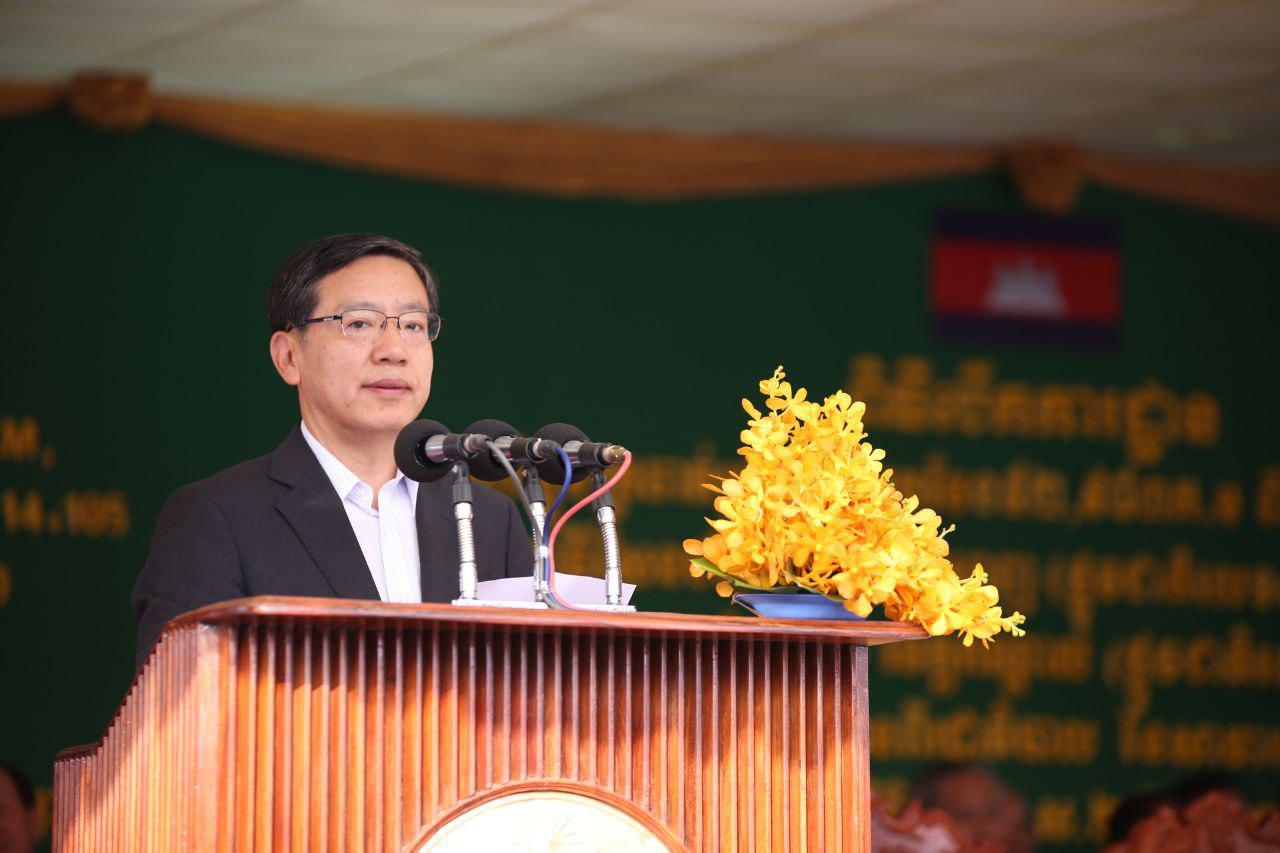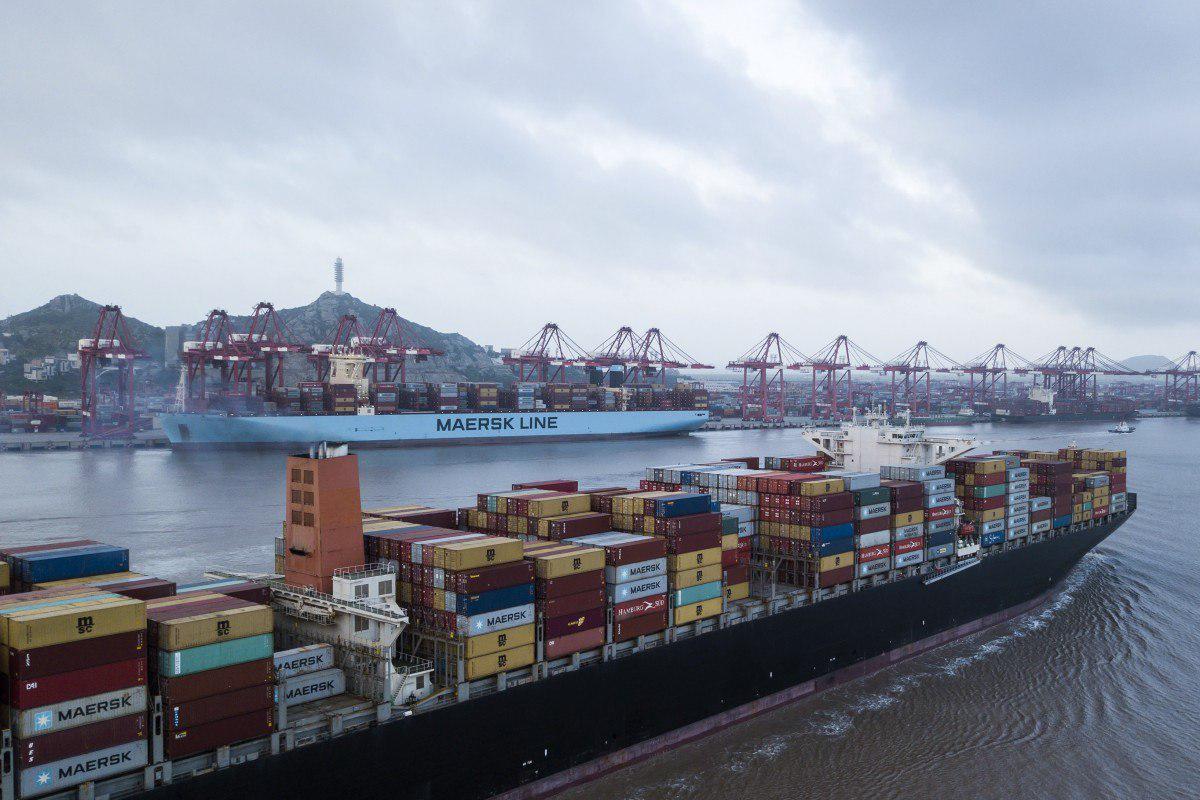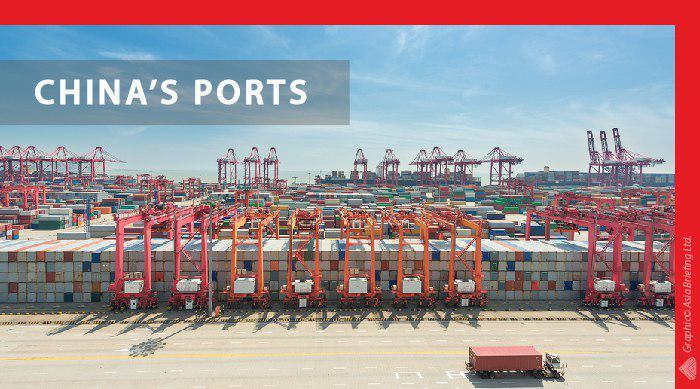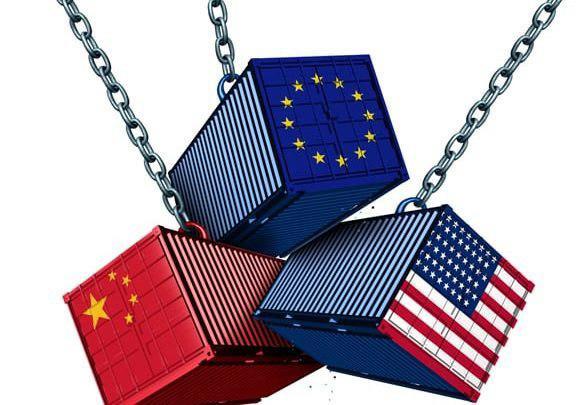Phnom Penh (FN), July 29 – Recently, some western media have been bad-mouthing China’s economy again, claiming that China’s economic downturn is irreversible. Is it really so?
As a matter of fact, despite the disturbance by international trade protectionism and unilateralism, China’s economy has made impressive progress instead of going into recession since the beginning of 2019. According to the data recently released by the National Bureau of Statistics of China on the national economy for the first half of the year, China’s GDP for the first 6 months has realized a year-on-year growth of 6.3%, with the “troika” of consumption, investment and import & export all growing steadily. Domestic consumption continues to serve as the major engine for economic growth, with the total retail sales of consumer goods growing by 8.4% for the first half of the year. Investment is growing steadily, with the fixed assets investment for the first half growing by 5.8%, increasing by 0.2% compared to the period from January to May. Import & export performs better than expected, with the total amount for the first half growing by 3.9%, speeding up slightly compared to the first quarter of the year. Employment keeps increasing, and per capita income continues to rise. There are 7.37 million new urban jobs created for the first half of the year, achieving 67% of the full-year target. Surveyed urban unemployment rate for June is 5.1%, maintaining a fairly low level of around 5%. Per capita disposable income for the first half is 15, 294 RMB, achieving an actual growth of 6.5% after deduction of the price factor.
It is common sense in economics that GDP doesn’t mean everything. The health and tenacity of an economy is reflected not only in growth rate, but also in quality and efficiency of the growth. Although China’s economy, after 40 years of high-speed growth, is shifting from high-speed growth to medium-high-speed growth, and the growth rate is lower than before, the country’s economic structure, development impetus and content have experienced profound changes, which are necessary for China’s economy to move towards more advanced form, more optimized division of labor, and more rational structure.
Currently, China’s economic structure is being optimized, and the industrial upgrading is speeding up. The high-tech manufacturing and emerging industries are growing much faster than the general industry as a whole, with the high-tech manufacturing sector striking a year-on-year growth of 9% for the first half of the year. During the first 5 months, there are 18, 900 newly registered enterprises per day on average, with the newly registered individual businesses achieving a year-on-year growth of over 20%, which greatly demonstrates the vitality of social entrepreneurship and confidence of market subjects. Investment in innovation keeps increasing, patent applications grow substantially, and financial support for key areas is being enhanced.
It is worth noting that the world economy and international trade nowadays have demonstrated a clear trend of slowdown, with frequent trade frictions as well as more uncertain and unstable factors. The World Bank and many other international organizations have adjusted their expectations for global economic growth to a lower level. Against this background, frankly, it is not easy for China to maintain an economic growth rate of over 6%.
Not long ago, Chinese Premier Li Keqiang emphasized at the opening ceremony of the 13th Summer Meeting of the World Economic Forum that China, with its large market, abundant human resources, complete range of industries and rapidly growing new driving forces, boasts fairly comprehensive advantages. With enough tenacity, potential and latitude for development, China’s economy will remain sound over the long term. China will continue to improve the quality and efficiency of its economy through structural adjustment, inject new vitality by intensifying reform, and continuously release the potentials of domestic consumption. Meanwhile, China will unwaveringly proceed with its opening-up policy in an all-around manner and devote itself to the development of an open economy of even higher level.
As the Chinese leader Mao Zedong wrote in one of its poems, “Still young and energetic after climbing high mountains, we will finally enjoy the landscape beyond compare”. China has always been growing through storms and waves. The negative comments from the outside will actually serve as an impetus for rather than obstruction to China’s development. I myself have full confidence in China’s economic development in the future.
As the second largest economy in the world, China contributes to over 30% of the world economic growth. At the same time of realizing its own development, China has always been cooperating closely with its neighboring countries and other developing countries in a bid for common prosperity. Cambodia and other countries concerned are welcome to engage more in the Belt and Road cooperation, and take a ride on China’s development, so as to better benefit from it.
As the largest source of foreign investment, largest trade partner, largest source of overseas tourists, and largest development and cooperation partner of Cambodia, China will continue to work closely with Cambodia to further enhance our synergy of development policies and to comprehensively implement the Action Plan for Forging the China-Cambodia Community of Shared Future signed this April by our two countries, in order to speed up mutually-beneficial cooperation in various areas. It is my firm belief that the continuous economic development of China would bring more substantial benefits for Cambodian people. The formulation of the China-Cambodia Community of Shared Future would help promote better and faster social and economic development of Cambodia.
By Mr. Wang Wentian, Ambassador of the People’s Republic of China to the Kingdom of Cambodia
=FRESH NEWS



